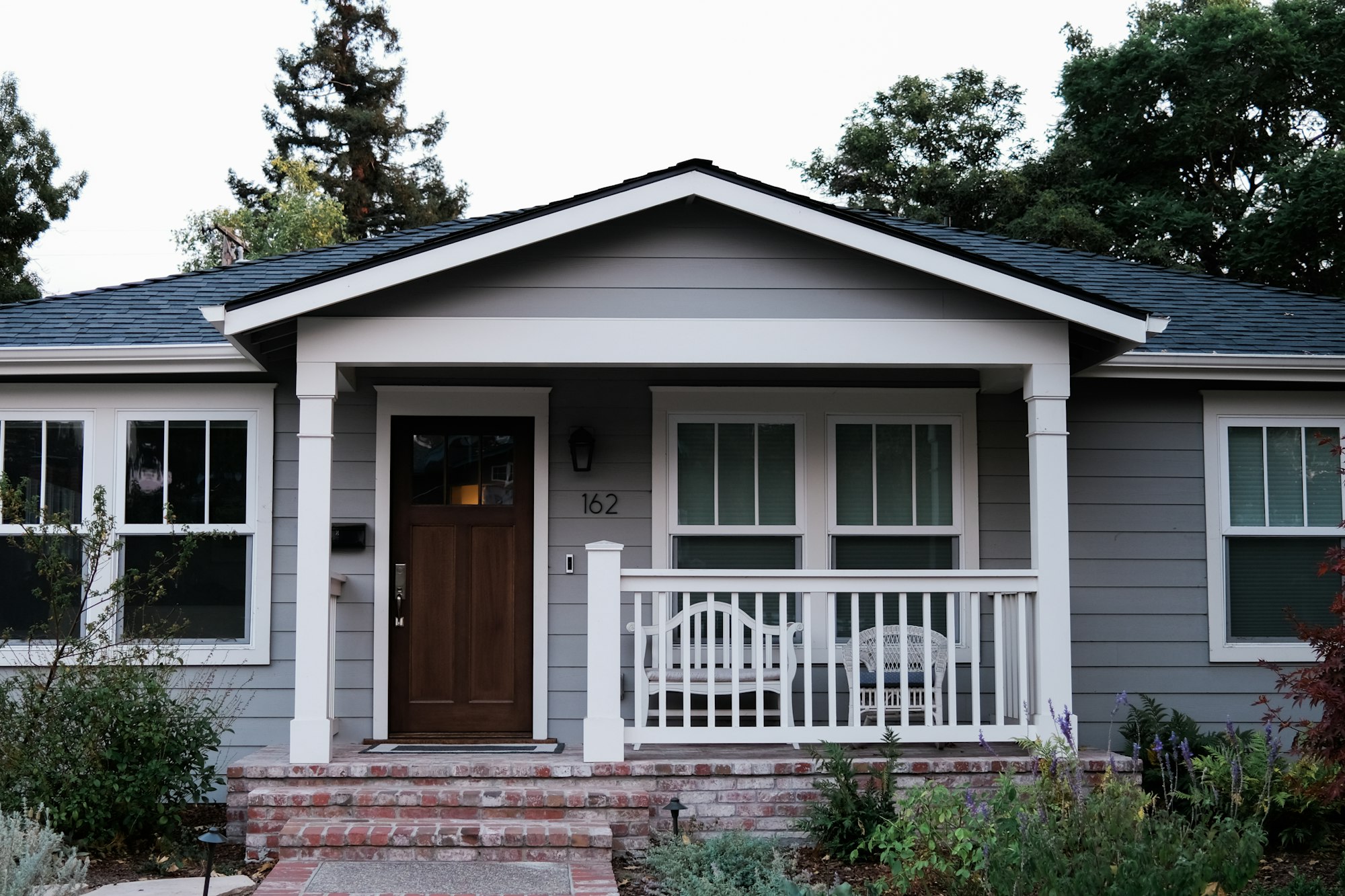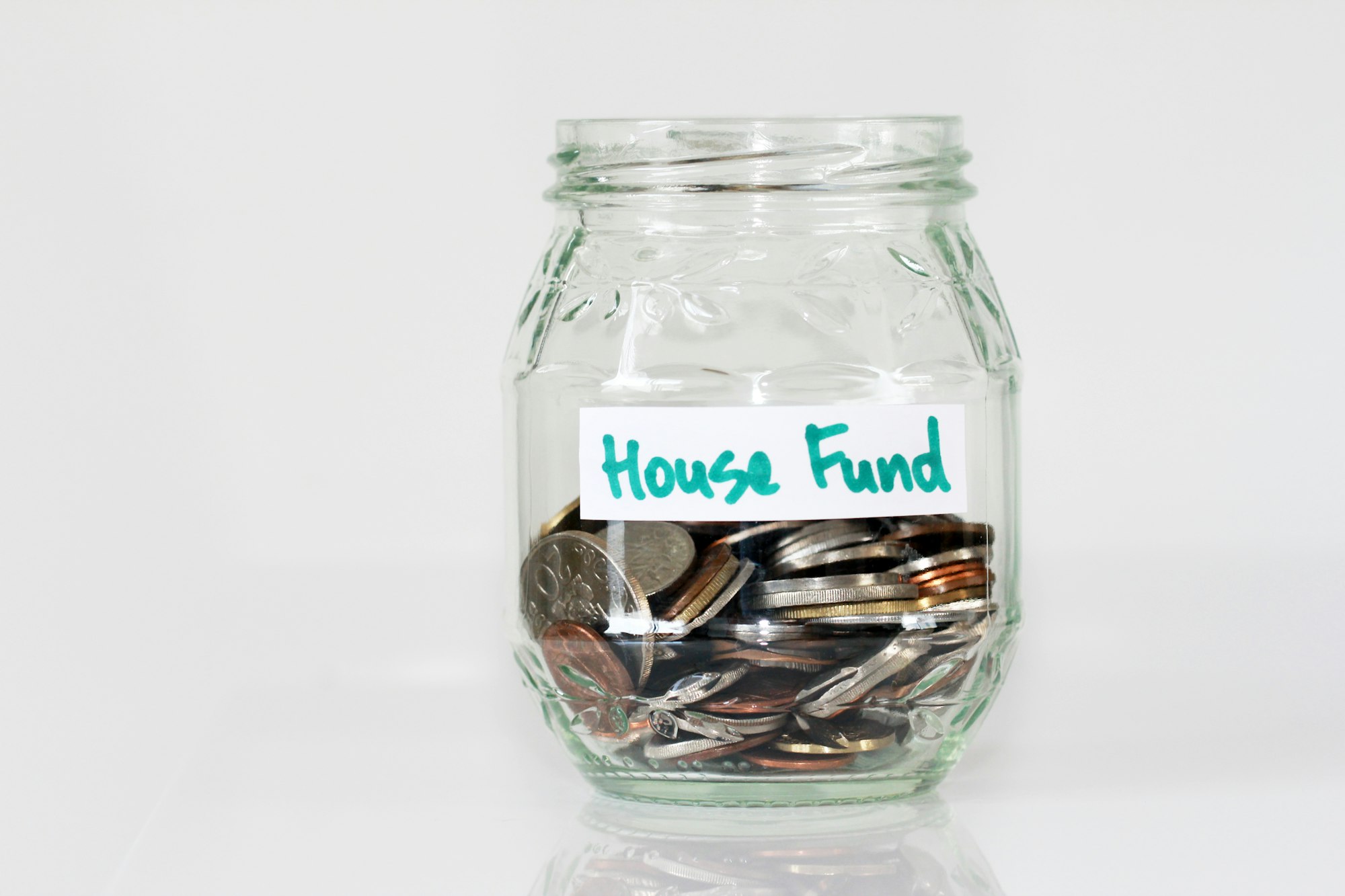
Understanding a 1031 Exchange
A 1031 exchange is whenever an investor trades an investment property for another one, deferring the capital gains tax.
Are you familiar with the 1031 exchange tax break available for property investors?
If you’re a real estate investor, understanding the 1031 exchange can help you navigate your investments strategically to reduce expenses, generate a greater return on your investments, and build up your portfolios.
Here’s an overview of real estate’s 1031 exchange and how investors can leverage it when purchasing real estate assets.
Defining the 1031 Exchange
A 1031 exchange takes place when an investor exchanges an investment property that they currently own for another, new property that they’re interested in buying. Sometimes called a like-kind exchange, this type of transaction is tax deferrable.
Typically, the trade of one real estate asset for another would be subject to a sales tax. However, when the swap of properties qualifies for the 1031 exchange, you would get to invest with limited or no taxes due at the time of the property switch.
Essentially, you get to retain your investment while switching the form of your asset — without having to pay the capital gains tax. Real estate investors who conduct 1031 exchanges are able to generate a profit without their transactions being considered taxable.
Investors won’t have to pay a tax at the time of the transaction, but they would be subject to paying taxes if they sell the real estate asset for cash at a later time.
What Requirements Must be Met to Qualify for a 1031 Exchange?
If you’re interested in working with the 1031 exchange to cut the costs charged to your real estate investments, here are the important qualifications and rules you need to be aware of.
#1. Assets must be of a like-kind.
According to the IRS, “like-kind” assets are of the same nature or character. They may differ in grade or quality, but they can still be considered as being like-kind properties.

The most straightforward type of like-kind transaction would be assets in the same real estate class. For example, two office buildings would likely be considered as a like kind. For residential property investors, single-family homes would likely be considered as like-kind investments.
However, it is possible that an office building can be traded for an industrial asset, or a retail property can be exchanged for a plot of land. Because there is grey area, real estate investors must consult with a professional before pursuing a 1031 exchange — especially if it’s their first time.
#2. 1031 exchanges have time-frame rules and considerations.
In some cases, one real estate investor may meet another and they are both willing to trade their properties with each other as a clean swap. This would be the textbook scenario for a 1031 exchange, but it doesn’t always play out that way in real life.
Real estate investors who want a 1031 exchange, but don’t have a deal lined up for them, can deploy a middle-man to broker a qualifying transaction on their behalf.
These cases are called “delayed exchanges.”
- First, the real estate investor would sell their property for cash.
- Then, delayed exchanges require an intermediary to step in and receive the cash, placing it in an escrow account on behalf of the buyer. If the original owner is to receive the cash from the sale, the transaction no longer qualifies as for 1031 exchange.
- Finally, that intermediary uses the cash returns from the initial property’s sale to purchase a new, like-kind property.
Having the third party involved in the transaction allows it to qualify for the 1031 exchange. Even though the investor did not technically “trade” one property for another, they’re still able to define their transaction as a 1031 exchange and avoid the capital gains tax.

When making a delayed exchange, the time frame is not indefinite. Two strict rules must be followed to allow investors to qualify for the 1031 exchange:
#1. Choosing Your Next Property: The 45-Day Rule
After the initial property has sold, the investor must select a qualifying like-kind replacement property and submit the decision in writing to the third-party broker. This must be submitted within 45 days of the first property’s sale.
In highly competitive markets, closing on the property you’ve designated may be difficult. Because of this, the IRS allows the investor to select up to three properties. They must purchase one of the three properties using the profits from the initial asset’s sale to qualify for the 1031 exchange.
In some cases, it’s possible to select more than three properties. Click here for more details from the IRS.
#2. Closing on Your Next Property: The 180-Day Rule
From the date of selling your first property, you must close on the replacement like-kind asset within 180 days.
For more real estate tips and advice, explore more articles from RealEstateAgents.com.






